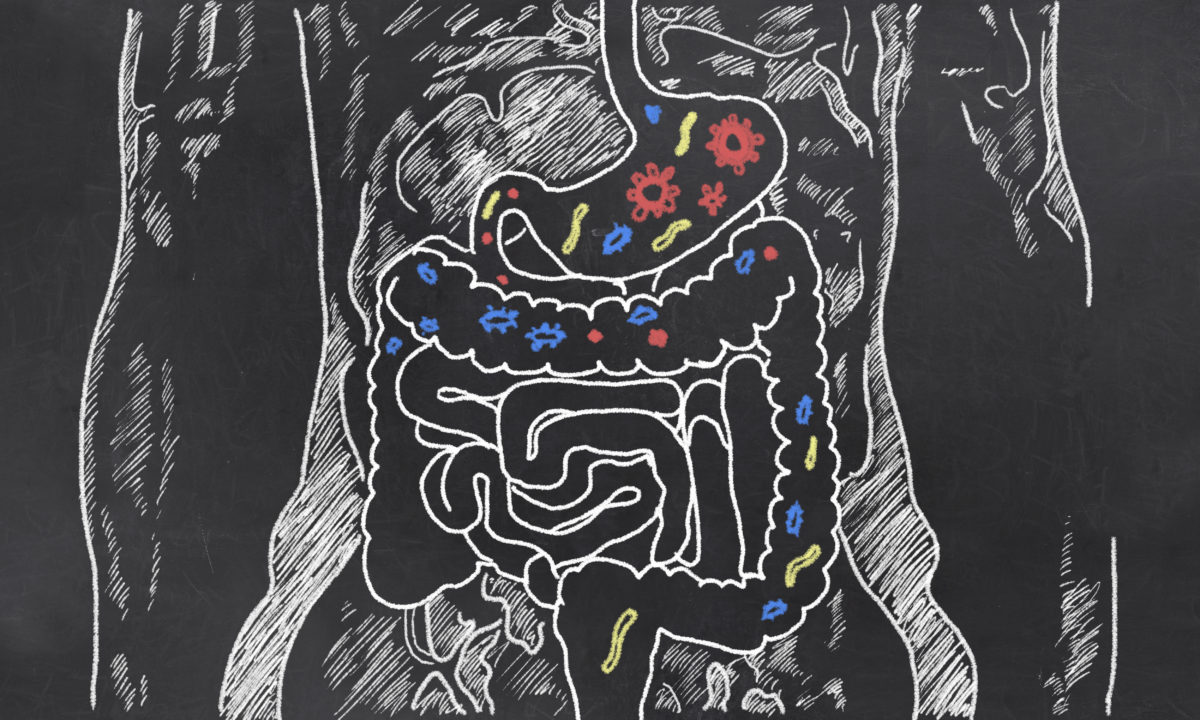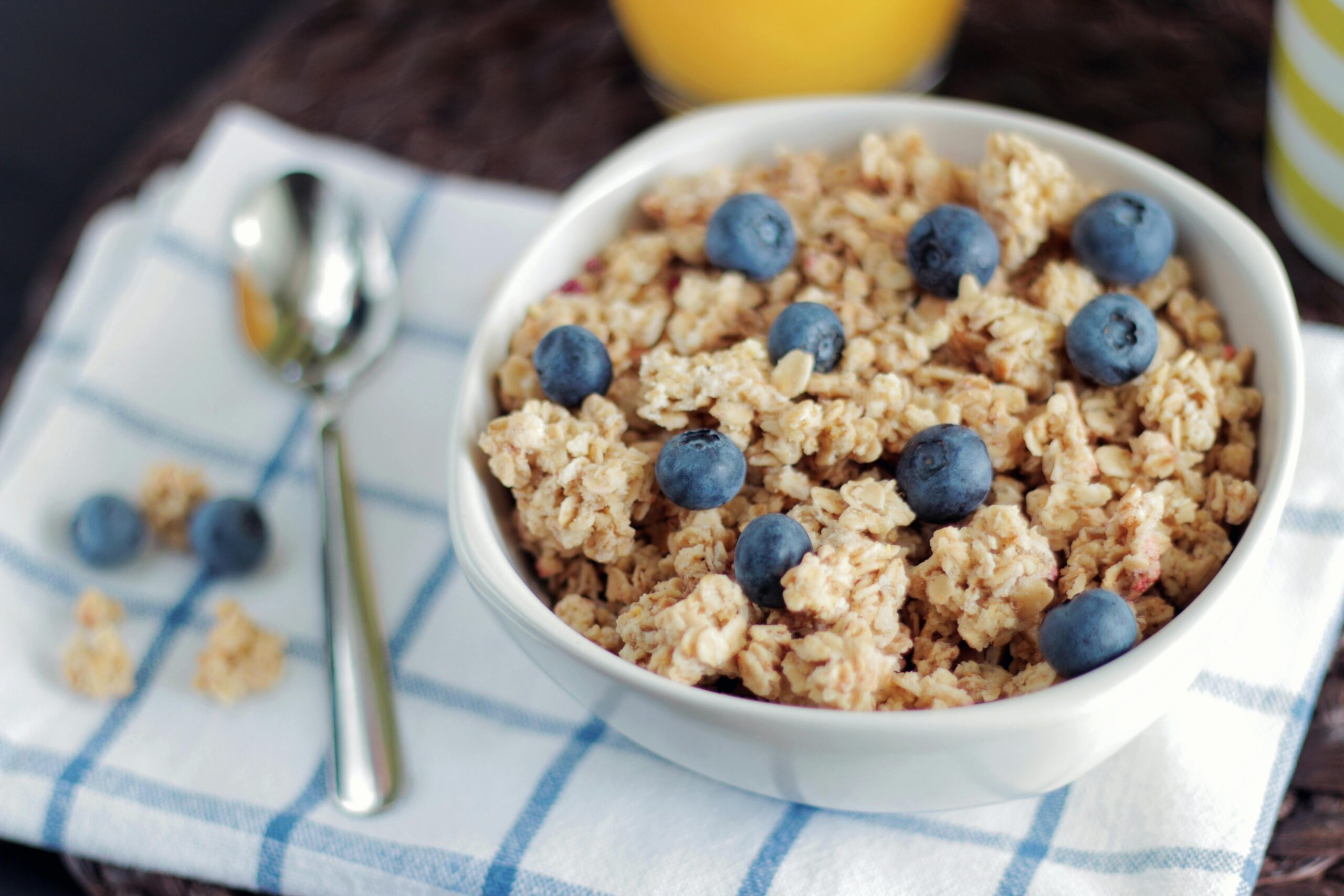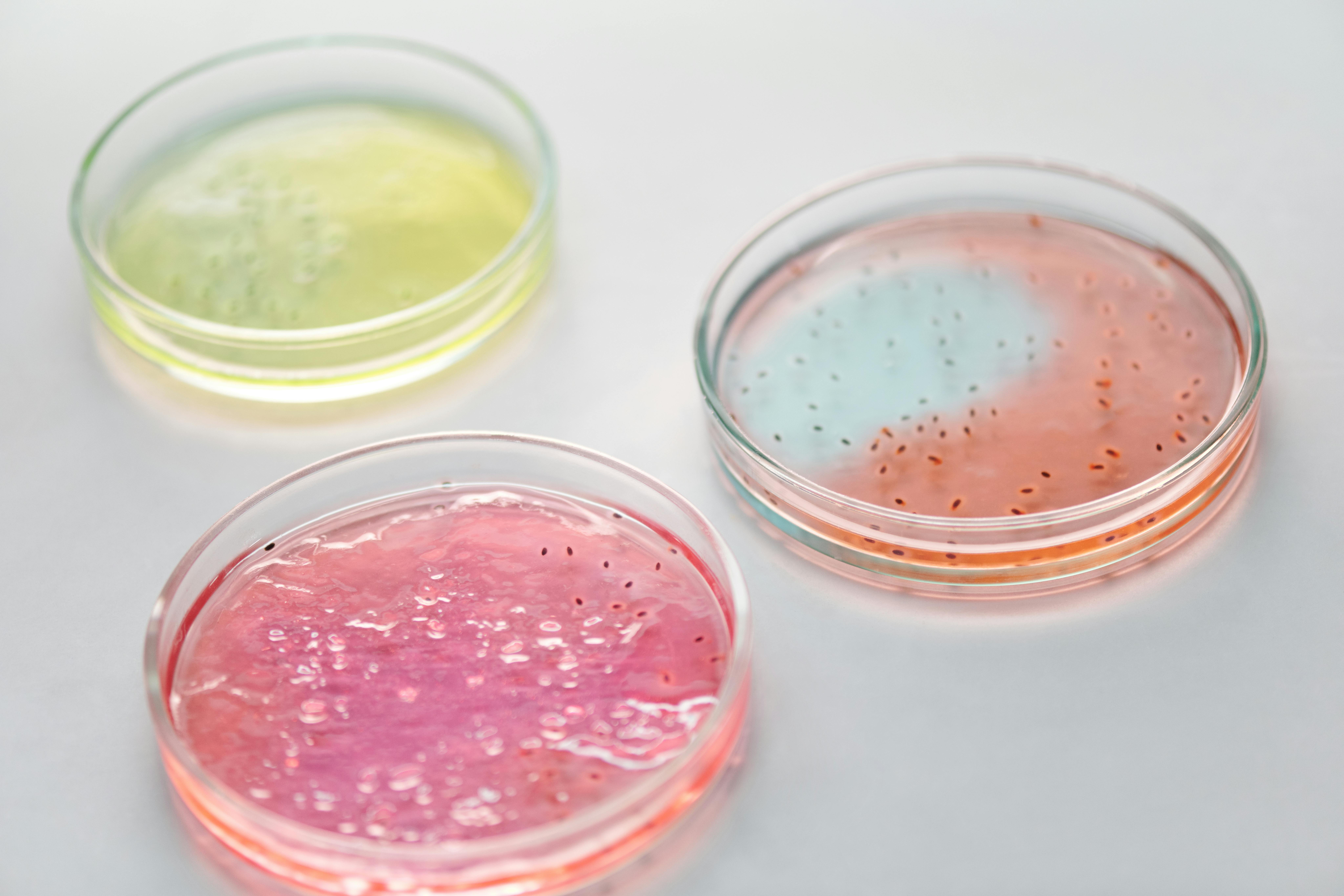Antibiotic resistance is a high-priority public health problem. It was first noted in the 1950s. Development of new antibiotics, to replace those to which microbes have developed resistance, has not kept pace with need. A new study, however, by Agricultural Research Service scientists, finds that healthy adults who eat a diverse diet with at least 8-10 grams of soluble fiber a day have fewer antibiotic-resistant microbes in their guts.
That’s a reason for optimism, especially since it is expected that the problem of antimicrobial resistance (AMR)—the term that refers to bacteria, viruses, and fungi that are resistant to antibiotics—is likely to worsen throughout the coming decades.
Antimicrobial resistance is based in the gut microbiome, where microbes are known to carry genetic codes which enable them to survive contact with antibiotics.
“Modifying the diet has the potential to be a new weapon in the fight against antimicrobial resistance,” explains research molecular biologist Danielle Lemay with the ARS Western Human Nutrition Research Center in Davis, California.
We’re not talking about eating some exotic diet either, but a diverse diet, adequate in fiber, that some Americans already eat.
The researchers looked for associations of antibiotic resistance genes in the microbes of the human gut with emphasis on either fiber or animal protein in the subjects’ diets. They found that consistently eating higher levels of fiber and lower levels of protein (especially from beef and pork), were consistent with fewer antimicrobial resistance genes (ARG) in gut microbes. The lowest levels of ARG in the gut microbiomes were found in anaerobic bacteria, especially Clostridiaceae, which thrive in the absence of oxygen and are associated with a healthy gut.
Animal protein in the diet was not predictive of high levels of ARG. Diets with greater amounts of soluble fiber in the diet were associated with fewer ARGs.
“Surprisingly, the most important predictor of low levels of ARG, even more than fiber, was the diversity of the diet. This suggests that we may want to eat from diverse sources of foods that tend to be higher in soluble fiber for maximum benefit,” Lemay asserted. People who had the most ARGs in their gut microbiomes had significantly less diversity in their gut microbiomes.
Soluble fiber, which dissolves in water, is the main type of fiber in grains (barley, oats); legumes (beans, lentils, peas, seeds and nuts); and some fruits and vegetables (carrots, berries, artichokes, broccoli and winter squash).
“This all suggests that what we eat might be a solution to reduce antimicrobial resistance by modifying the gut microbiome,” Lemay said. “In the end, dietary interventions may be useful in lessening the burden of antimicrobial resistance and might ultimately motivate dietary guidelines that will consider how nutrition could reduce the risk of antibiotic-resistant infections.”
The research is published in mBio.












